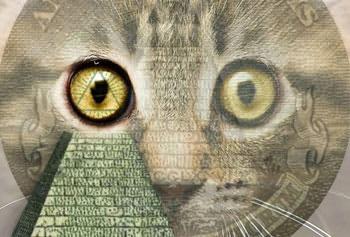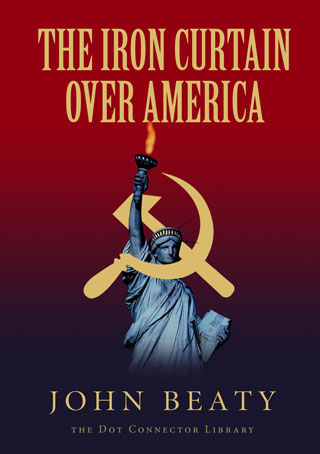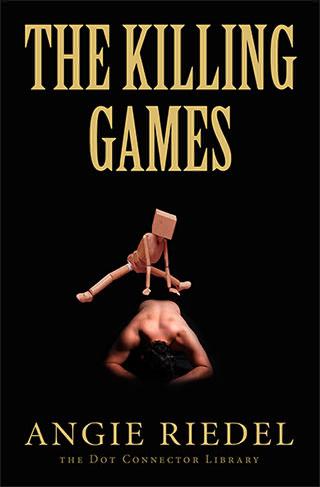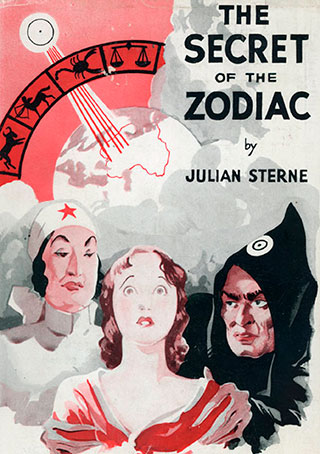The Fear of Symbols
 Groups use symbols. But symbols have no inherent power. None.
Groups use symbols. But symbols have no inherent power. None.
They have power only when people believe in them. In which case it’s the belief that is the power.
Just as important, symbols have no inherent meaning. They only have the meaning given to them.
So, for example, the famous eye and pyramid mean zero. Zilch. They only have meaning because Masons and other groups have assigned it.
There is no closed secret world of symbols that has magic in it.
There are no universally good symbols or bad symbols. A symbol is a word, term, sign, shape. It’s injected with meaning by a group. The group adopts a consensus about the symbol.
To a surprising degree, people think in terms of symbols. They operate as if they understand what they’re doing, but they don’t. They fear the power of certain symbols and attach themselves to the power of other “good�Â? symbols. TheyâÂÂre hooked.
You could make a picture of a sun emanating three rays and call it Oobladee, and invent a whole mythology around it. You could claim it comes from Atlantis, or a secret society embedded in the old KGB, or an ancient Babylonian priesthood.
And then some people would react when they saw it. They would feel fear or anger excitement.
ItâÂÂs a con.
If you took this even further and created a whole set of symbols, dozens of them, and made up meanings for them, and worked with this game, you would eventually experience an interesting kind of liberation. You would see, to a greater extent, how arbitrary symbols are, how people trap themselves in âÂÂinternal symbolic spaces.âÂ?
The whole point of symbols is to enclose consciousness.
The mechanism by which this happens is simple. LetâÂÂs say you devised a picture of an eyeball hovering in a forest. A tear is dropping from the eye. The literal mind is looking for specific meaning. The literal mind wants an answer. It canâÂÂt find one.
The eyeball and the forest and the tear donâÂÂt add up. They provoke all sorts of associations, but no particular meaning, and the literal mind is frustrated.
So then you come along and assign a meaning. You say, âÂÂWell, this symbol was painted on masks in 834 BC by the ancient Egyptian founders of a cult of pyramid builders. The eye and the tear stand for the tragedy caused by lack of faith in eternal lifeâ¦Ã¢Â?
And so forth and so on.
Now youâÂÂve assigned specific meaning to the symbol. Now the literal mind breathes a sigh of relief. It has an answer. It can suck up that meaning and take it in and accept it. And now you can embellish the story and sell it to the literal mind. You can make that symbol into an object of fear and repulsion, if thatâÂÂs the reaction you want to provoke in your audience, or you can make the symbol into an object of victory that stands for redemption.
You can twist and turn the symbol any way you want to.
The literal mind wants an answer to the mystery, a solution, and you provided it.
WeâÂÂre talking about a very primitive form of art. When people operate at this level, buying symbols and their assigned meanings, itâÂÂs an indication they canâÂÂt appreciate or fathom more complex art.
They canâÂÂt read and fathom a novel or watch a stage play. ThatâÂÂs too much. There isnâÂÂt a clear one-to-one connecting pipeline between symbol and meaning, and so theyâÂÂre confused. TheyâÂÂre frustrated.
I remember sitting in a movie theater watching a crime drama. The cops arrested the wrong man and framed him for a killing. A guy sitting next to me blew his top. He started telling his girl friend about how the cops were railroading this suspect and how bad the cops were, how the suspect was a victim of police brutality.
Well, yes. That was, in fact, the whole point of the movie. The movie was showing the audience how the police operated to create a false scenario and frame an innocent man. ThatâÂÂs what the movie was saying.
But this guy couldnâÂÂt get to that level. He thought the movie was actually on the copsâ side. He thought the movie was praising the arrest of the wrong man.
The literal mind at work.
In the same way, people accept the meanings that are assigned to symbols, and they react to those meanings in a reflex fashion.
In truth, symbols are open. They have no intrinsic meaning. People can inject any meaning they want to.
But when theyâÂÂre trapped in a layer of symbolic thinking, they canâÂÂt see that. TheyâÂÂre determined to accept the already-assigned meaning and react to it.
Which is an invitation to propagandists.
Worse yet, itâÂÂs a fixation that artificially defines the limits of mind.
Symbols form a matrix-shell inside which minds live. Until they donâÂÂt.
The author of two explosive collections, THE MATRIX REVEALED and EXIT FROM THE MATRIX, Jon Rappoport was a candidate for a US Congressional seat in the 29th District of California. Nominated for a Pulitzer Prize, he has worked as an investigative reporter for 30 years, writing articles on politics, medicine, and health for CBS Healthwatch, LA Weekly, Spin Magazine, Stern, and other newspapers and magazines in the US and Europe. Jon has delivered lectures and seminars on global politics, health, logic, and creative power to audiences around the world. You can sign up for his free emails at www.nomorefakenews.com








